Blog Earth Day 2020: Climate Action for resilient food systems
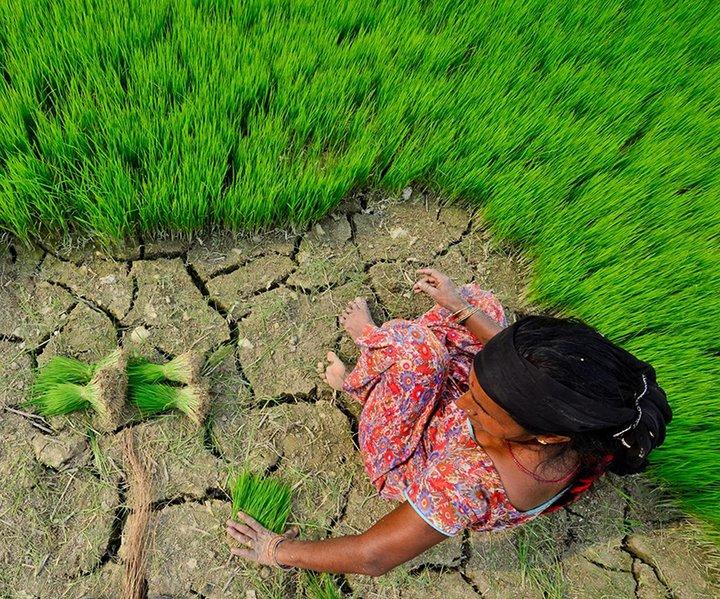
To ensure food security following the COVID-19 pandemic, we must confront the climate crisis. The Alliance discusses the continued importance of Climate Action on the 50th anniversary of Earth Day, with links to recent examples of publications and research updates.

Farmers are developing new strategies to adapt to climate risks. This photo is from a farmer exchange program in Nepal in which farmers visit each other’s land. Credit: CIAT/N.Palmer
Now more than ever, the world is recognizing the fragility of our food systems. From farms to grocery stores, the COVID-19 pandemic has raised the alarm about food insecurity. As the Food and Land Use Coalition’s recent Call to Action highlighted, world leaders must take informed action and invest in resilient, sustainable food systems that can support our most vulnerable. The number of people going hungry, already at 800 million, may double under this pandemic (as reported by The Guardian).
A more food-secure future begins in the field. As any farmer can testify, agriculture is a risky sector and is only getting riskier. This Earth Day, Alliance Climate Action Director Ana María Loboguerrero notes that we should “recognize the more than 500 million small-scale farmers around the world who have suffered from climate extreme events, such as floods and droughts.” Climate change is not slowing down, plaguing farmers with growing challenges that are compounded by market fluctuations and other value chain uncertainties.
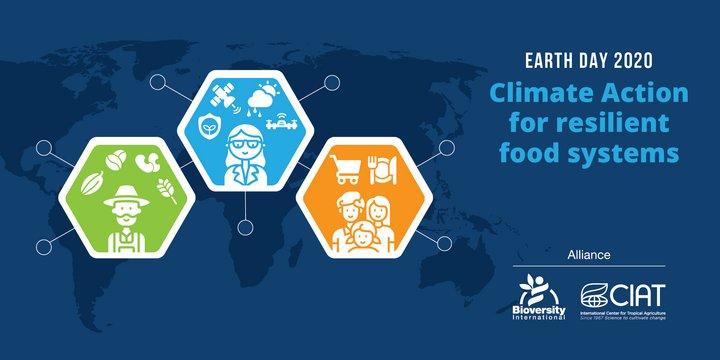
The Alliance of Bioversity International and CIAT provides farmers with tools, resources, and knowledge that helps embed resilience into food systems. By protecting against shocks, encouraging sustainable investment, supporting farmer livelihoods, and helping governments fulfill the Paris Agreement, we can ultimately develop sustainable and secure food systems for our future.
As one of our six main research areas climate action is at the forefront of much of our work. The following are just a few examples of how we integrate climate action into food systems:
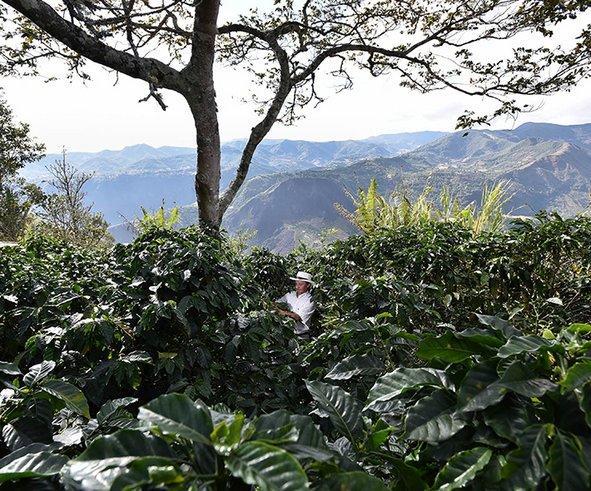
Coffee is in high demand but farmers face challenges with changing climate conditions. Credit: CIAT

Diverse beans are stored at the Alliance seedbank in Palmira, Colombia. Credit: CIAT
- Mapping the effects of changing rainfall: Climate change is transforming weather patterns, with some regions already permanently drier or wetter than they were two decades ago. A study published in PNAS shows where rainfall changes will impact four staple crops: wheat, maize, rice and soybean. Read more about this research here.
- Identifying diverse crops for climate adaptation: Worldwide we possess a wealth of crop biodiversity, but which species and varieties can best persevere in the face of changing climate conditions, and in which local contexts? We combine community-led approaches with new tools, such as our Resilient Seed System handbook, to find the answers. Read the blog on the handbook here.
- Adapting agroforestry production: High-demand species such as coffee and cocoa are often grown in integrated management systems that include trees. Research shows that rethinking the types of trees grown in these systems – by including underutilized and novel combinations of species – can boost production and resilience. Read the blog here.
- Mapping climate effects on cocoa: Another approach to increasing cocoa resilience is the development of an atlas, based on machine learning and supplemented with inclusive feedback, that shows agro-climatic zones according to where cocoa can be best produced. This helps farmers adopt best practices and face climate risks in advance. Read the blog here.
- Conserving seeds for the future: The Alliance manages gene banks in Colombia and Belgium that hold diverse seeds and plants from 150 nations. This diversity allows scientists to search for varieties that can withstand drought, flood, or other climate risks. Read how these are being managed under quarantine here.
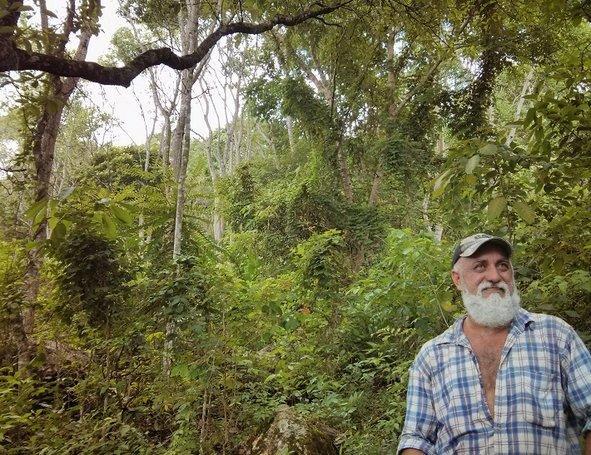
Farmers are called to rethink current agroforestry species composition and use a portfolio that is suitable in the future climate, in places such as this Honduras coffee plantation. Credit: Bioversity International/K. de Sousa
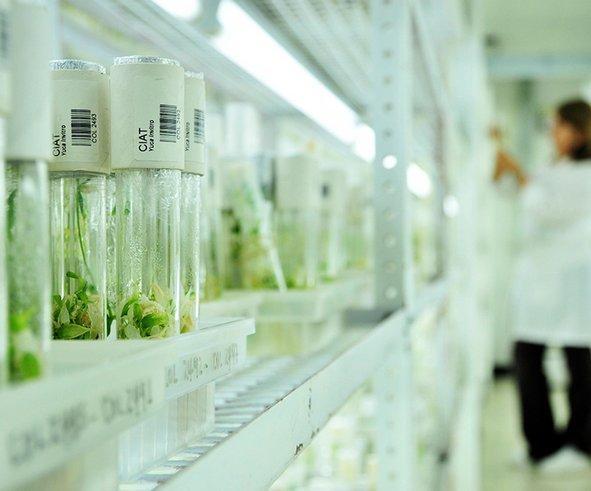
Yuca seedlings stored at the genebank in Palmira, Colombia. Credit: CIAT
Our planet has changed considerably since the first Earth Day in 1970. We face unprecedented challenges, but we also have new tools and knowledge on how to approach these interconnected issues. On Earth Day 2020, we recognize the efforts of farmers and researchers to provide us with a resilient, climate-smart future.
